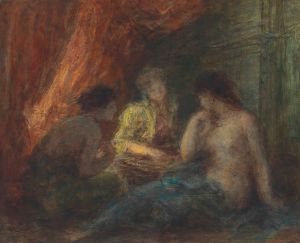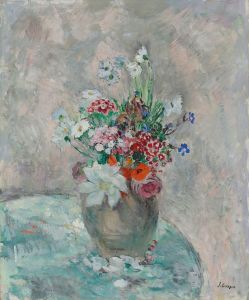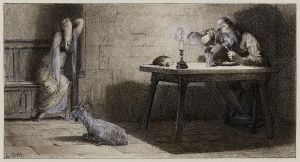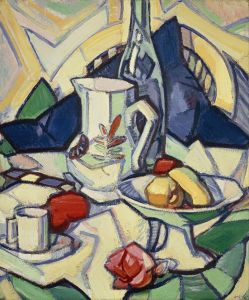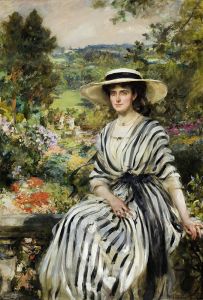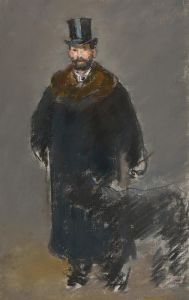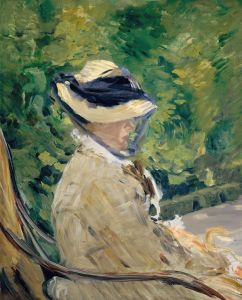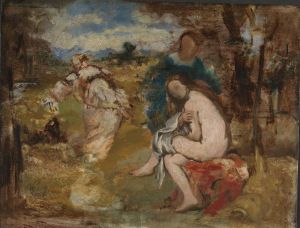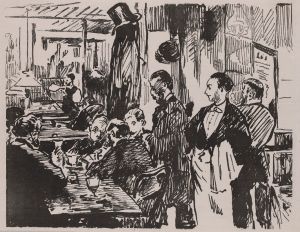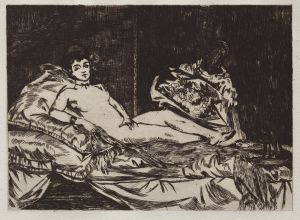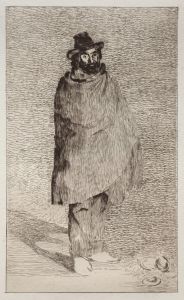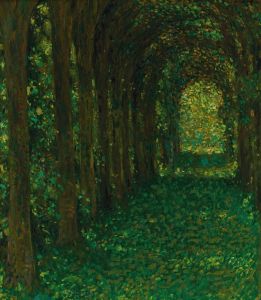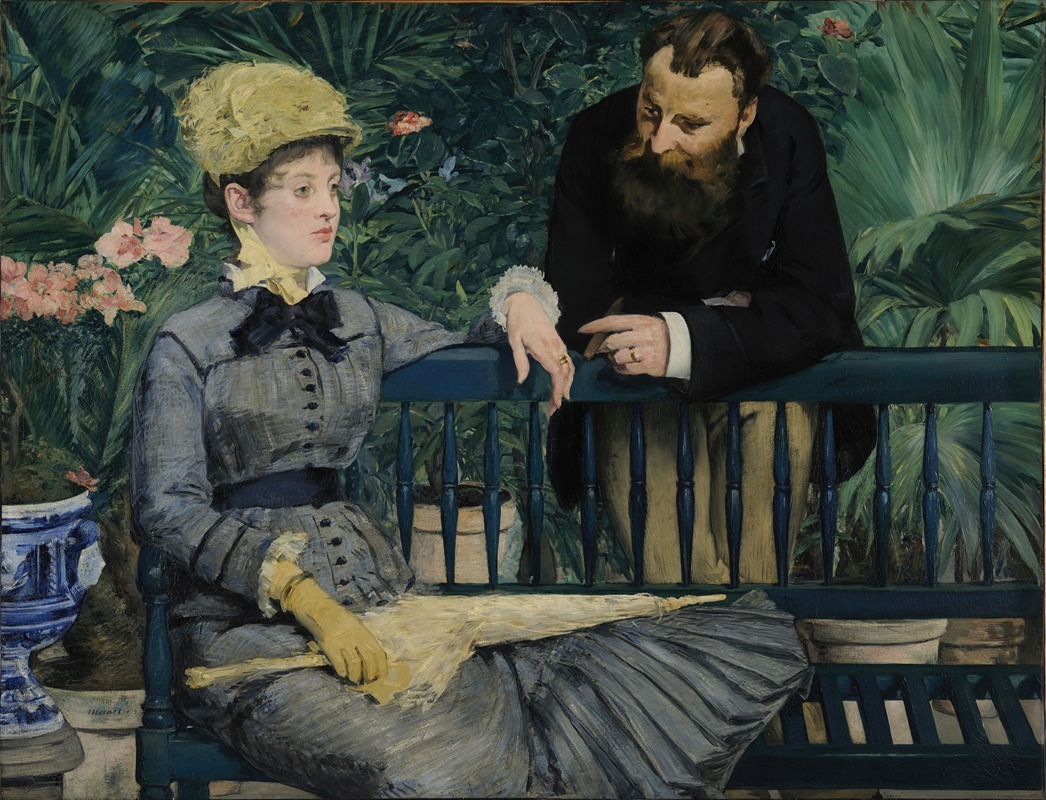
In the Conservatory
A hand-painted replica of Édouard Manet’s masterpiece In the Conservatory, meticulously crafted by professional artists to capture the true essence of the original. Each piece is created with museum-quality canvas and rare mineral pigments, carefully painted by experienced artists with delicate brushstrokes and rich, layered colors to perfectly recreate the texture of the original artwork. Unlike machine-printed reproductions, this hand-painted version brings the painting to life, infused with the artist’s emotions and skill in every stroke. Whether for personal collection or home decoration, it instantly elevates the artistic atmosphere of any space.
"In the Conservatory" is an oil painting created by the French artist Édouard Manet in 1879. The artwork is considered one of Manet's significant contributions to 19th-century French painting and reflects his interest in capturing modern life. The painting is currently housed in the Alte Nationalgalerie (Old National Gallery) in Berlin, Germany.
The composition depicts a man and a woman seated in a conservatory, surrounded by lush greenery. The woman, dressed in a fashionable blue dress with a corseted waist, sits on a bench, holding her gloves and parasol. The man, wearing a dark suit and hat, leans casually against the bench, gazing at her. The figures are placed in close proximity, yet their body language and expressions suggest a sense of emotional distance or detachment. This subtle tension between the subjects has been a point of interest for art historians and viewers alike.
Manet's use of light and color in "In the Conservatory" is notable. The natural light filtering through the glass walls of the conservatory creates a soft, diffused effect, highlighting the textures of the clothing and the foliage. The interplay of light and shadow adds depth to the scene, while the vibrant greens of the plants contrast with the muted tones of the figures' attire. The painting exemplifies Manet's skill in blending realism with a modern, almost impressionistic approach to capturing atmosphere and mood.
The identities of the sitters in the painting are known. The woman is Suzanne Manet, the artist's wife, and the man is a family friend named Guillaume. Suzanne Manet frequently appeared in her husband's works, and her presence in this painting adds a personal dimension to the piece. However, the exact nature of the relationship between the two figures in the painting is not explicitly conveyed, leaving room for interpretation.
"In the Conservatory" was created during a period when Manet was transitioning from his earlier, more controversial works to a style that incorporated elements of Impressionism. While the painting retains a sense of structure and detail characteristic of his earlier works, it also demonstrates his evolving interest in capturing fleeting moments and the subtleties of human interaction.
The painting was well-received during Manet's lifetime and remains an important example of his ability to depict the complexities of modern life. Its setting, subject matter, and execution reflect the cultural and social dynamics of late 19th-century Paris, making it a valuable piece for understanding the era's artistic and societal trends.





